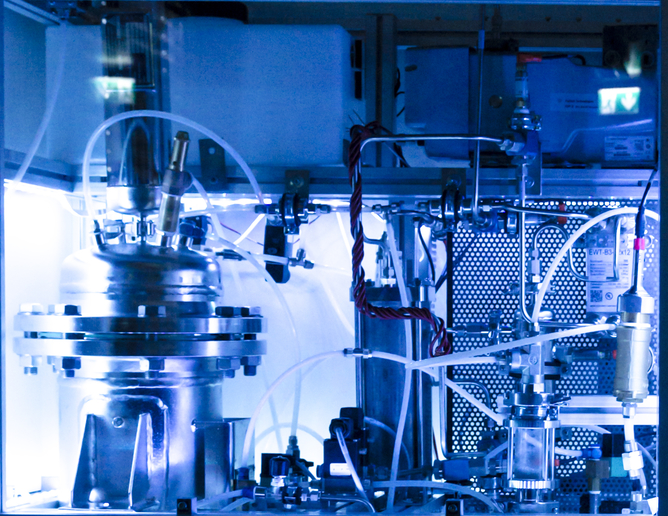Full ceramic fuel cells
SOFCs are particularly flexible in terms of fuel compatibility compared to other fuel cells as they can use a variety of hydrocarbons to produce electricity. This makes SOFCs well suited to stationary cogeneration of heat and power systems operating on natural gas or other hydrocarbon fuels. Conventional SOFCs are plagued by three major problems as a result of the materials used for the anode, namely nickel (Ni) in the form of Ni-cermets. Specifically, they are sensitive to carbon deposition (coking), deactivation by traces of sulphur (often found in natural gas pipeline), and failure of electrode during re-oxidation. Scientists initiated the EU-funded project SCOTAS-SOFC (Sulphur, carbon, and re-oxidation tolerant anodes and anode supports for solid oxide fuel cells) to overcome these problems. They integrated new materials – strontium titanates – into existing and proven SOFC designs and developed cost-effective up-scalable fabrication processes. The SCOTAS-SOFC team focused on all-ceramic SOFC designs and specifically, anode and electrolyte-supported fuel cells with operating temperatures in the range of 700 – 800 oC and 850 – 900 oC. Three different strontium titanate-based materials were explored for the anodes: lanthanum- and calcium-substituted strontium titanate, yttria-substituted strontium titanate and niobium-modified strontium titanate. Anode-supported cells were fabricated with up-scalable methods for testing. Initial tests demonstrated promising performance as well as severe degradation after several hours of operation. When anodes were infiltrated with electrocatalysts, like nickel together with gadolinium-modified ceria, stable performance could be sustained. Electrolyte-supported cells of 100 cm2 were then fabricated and tested for tolerance to sulphur exposure. The new fuel cells were proven to be tolerant to re-oxidation of the anode after they had been shut down – both with and without lowering the cell temperature. Importantly, an efficiency of 21 % was demonstrated for the first time in a ceramic anode-based SOFC. SCOTAS-SOFC results proved the feasibility of the new cell concept and its potential to improve the robustness of SOFCs. Although there is still research and development work needed before ceramic anodes can compete with the state-of-the-art Ni-cermet anodes, the door has been opened for the use of SOFCs in cogeneration of heat and power.







